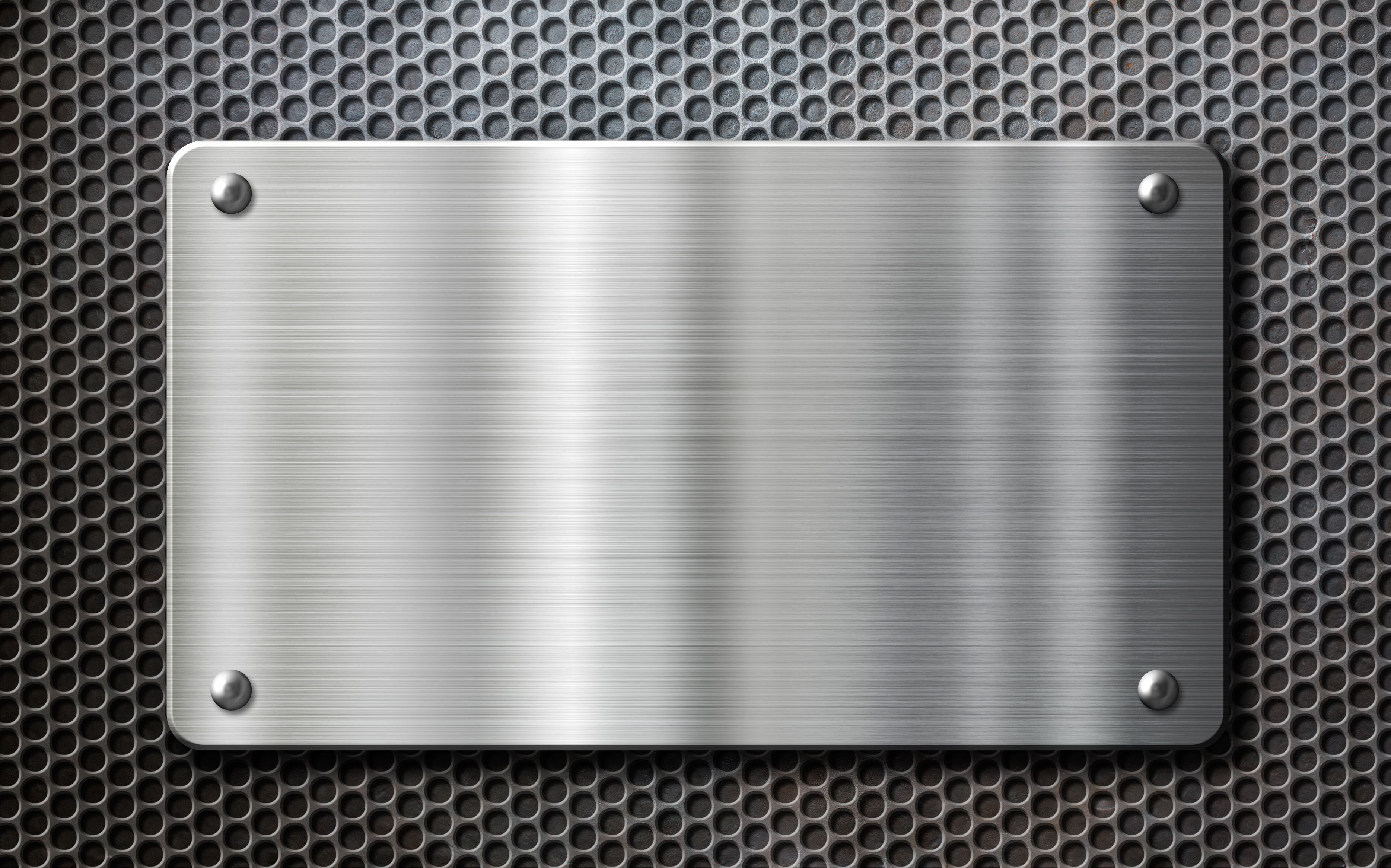Stainless steel is basically a family of iron-based alloys known for their corrosion and heat resistance. It weighs nearly three times as compared to aluminum. Like steel, stainless steel is also an alloy. An alloy is made up of various components, nickel being one of the most important of them. It is represented by the symbol Ni and its atomic number is 28. Nickel is a transition metal in the d-block with a high boiling point (14530C). It is ductile and exhibits magnetic properties at room temperature. First discovered in the 1700s, nickel is used as a catalyst to various chemical reactions and is one of the main alloying elements in stainless steel. Nickel in Stainless Steel is a widely used constituent.
Overview of nickel-containing stainless steel
Nickel-containing stainless steels have an inherent resistance to corrosion in addition to being easy to shape and weld, ductile at very low temperatures and suitable for high-temperature applications. The austenite region of steel is widened and the ferrite region is contracted by nickel, an austenite stabilizer. At high temperatures, nickel increases resistance to corrosion and oxidation. The hardness and strength of nickel are increased by reducing the grain size. Additionally, they are not magnetic, as compared to conventional steel and stainless steel without nickel. This implies that they can be transformed for diverse material applications such as the chemical industry, health industry, as well as home interior and appliances
Nickel is a critical constituent for steel making so much so that 75% of stainless steel manufacturing constitutes of grades that contain nickel. The grades with the maximum nickel component are Type 316, which has 11% nickel, and Type 304, which has 8% nickel.
Nickel provides these properties to steel by changing its crystal structure to an austenitic (face-centred cubic crystal) structure at almost all temperatures. At room temperature, conventional steel has a ferritic (cubic crystal with a body-centred structure) structure. These distinctive qualities are only given by the addition of enough nickel, usually 8–10%.





 +91 7208055523
+91 7208055523
 Help & support
Help & support
